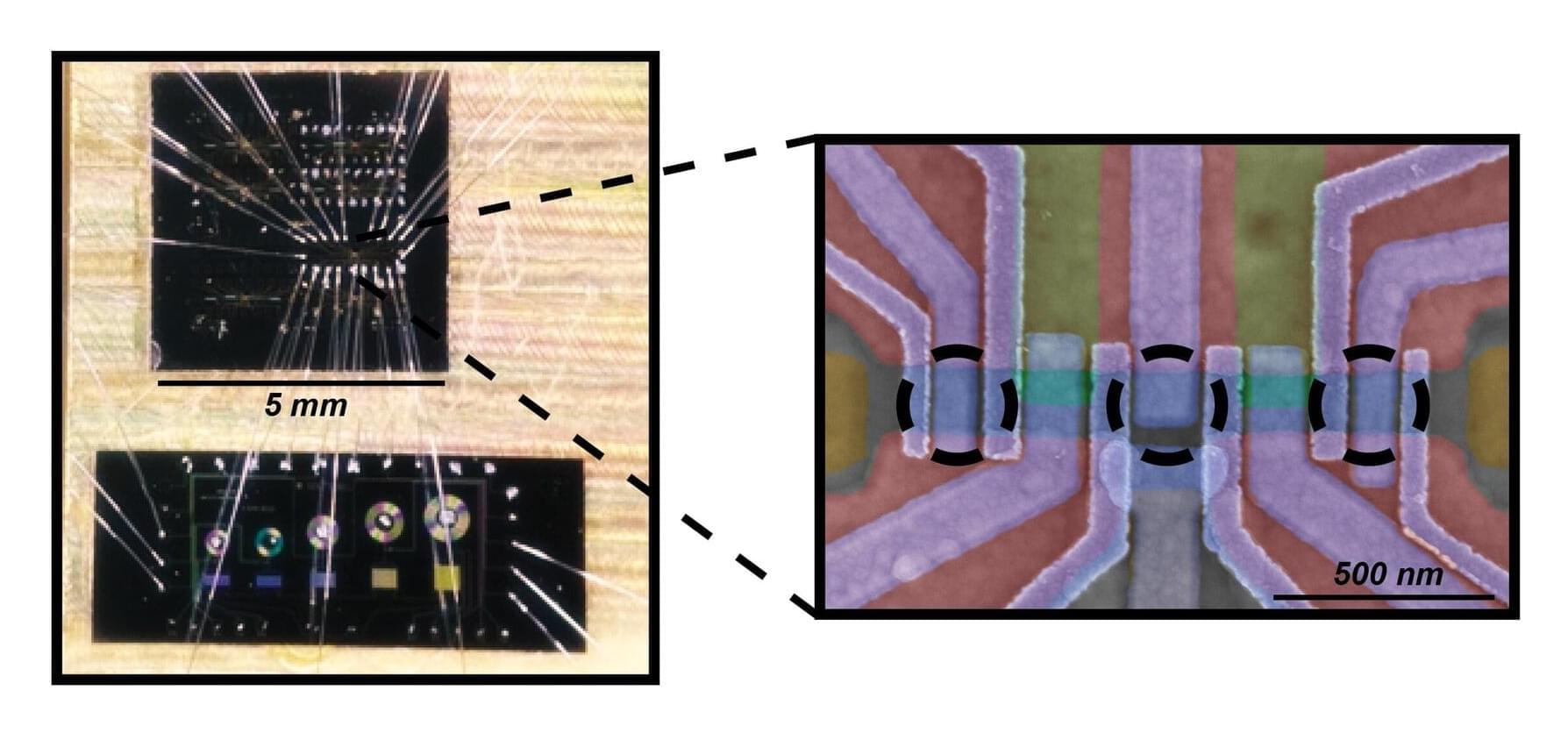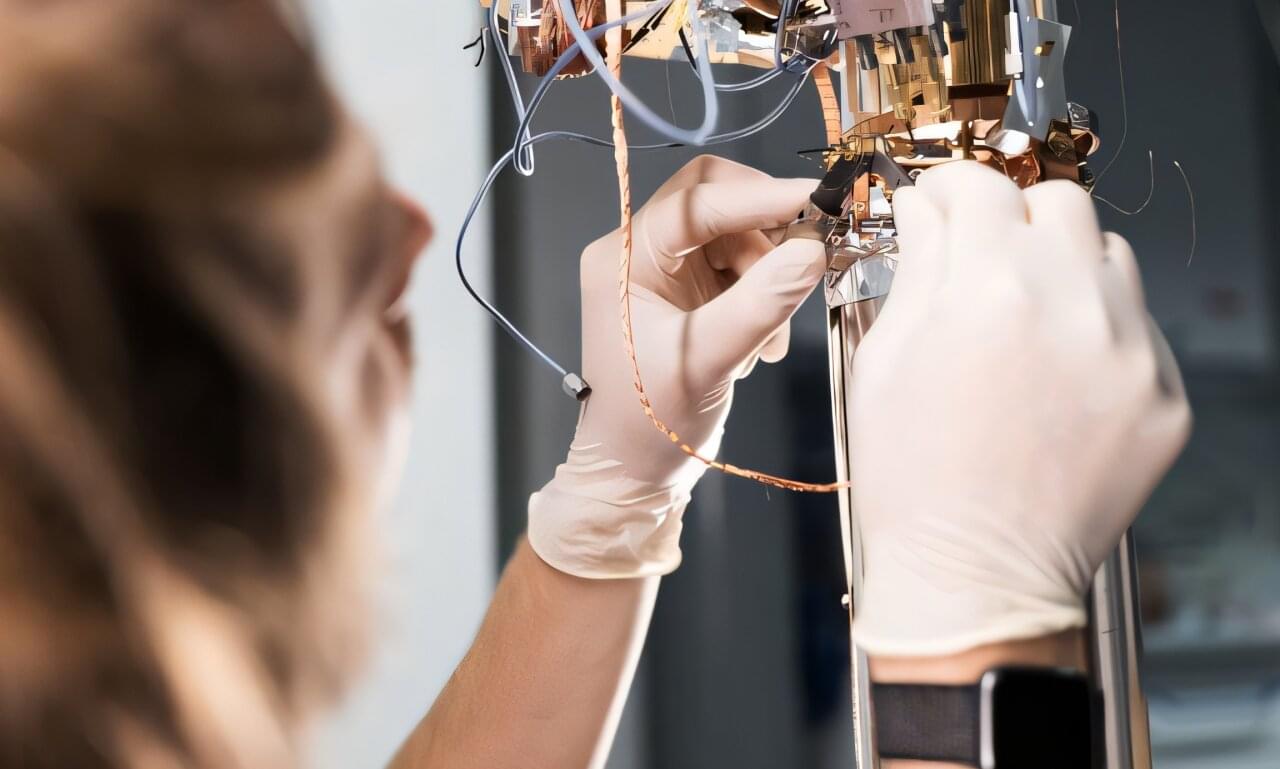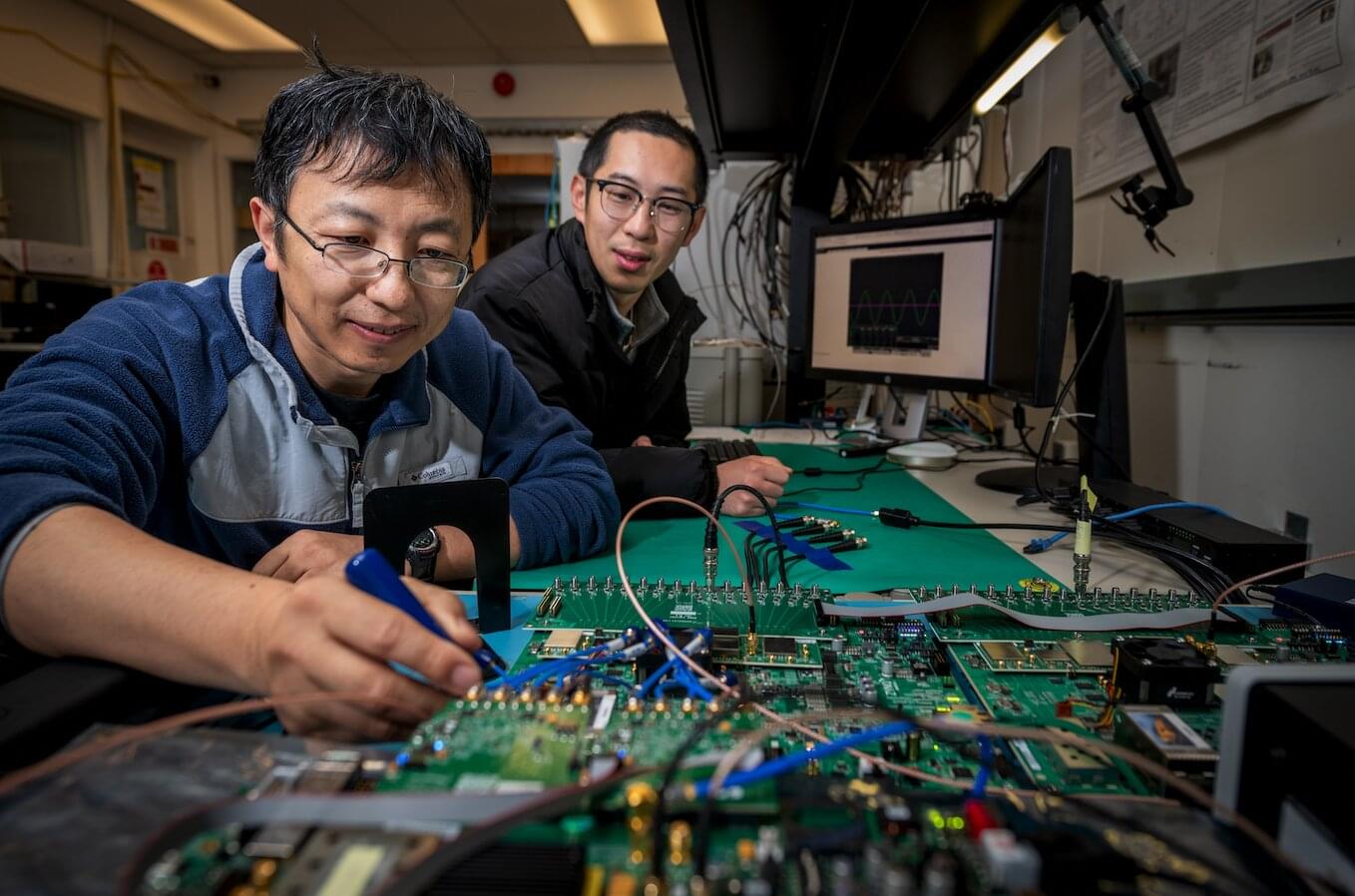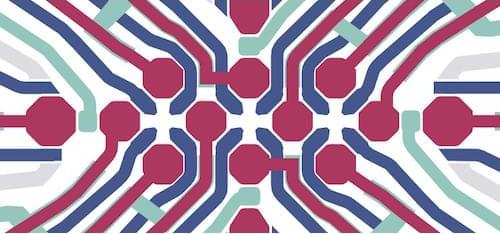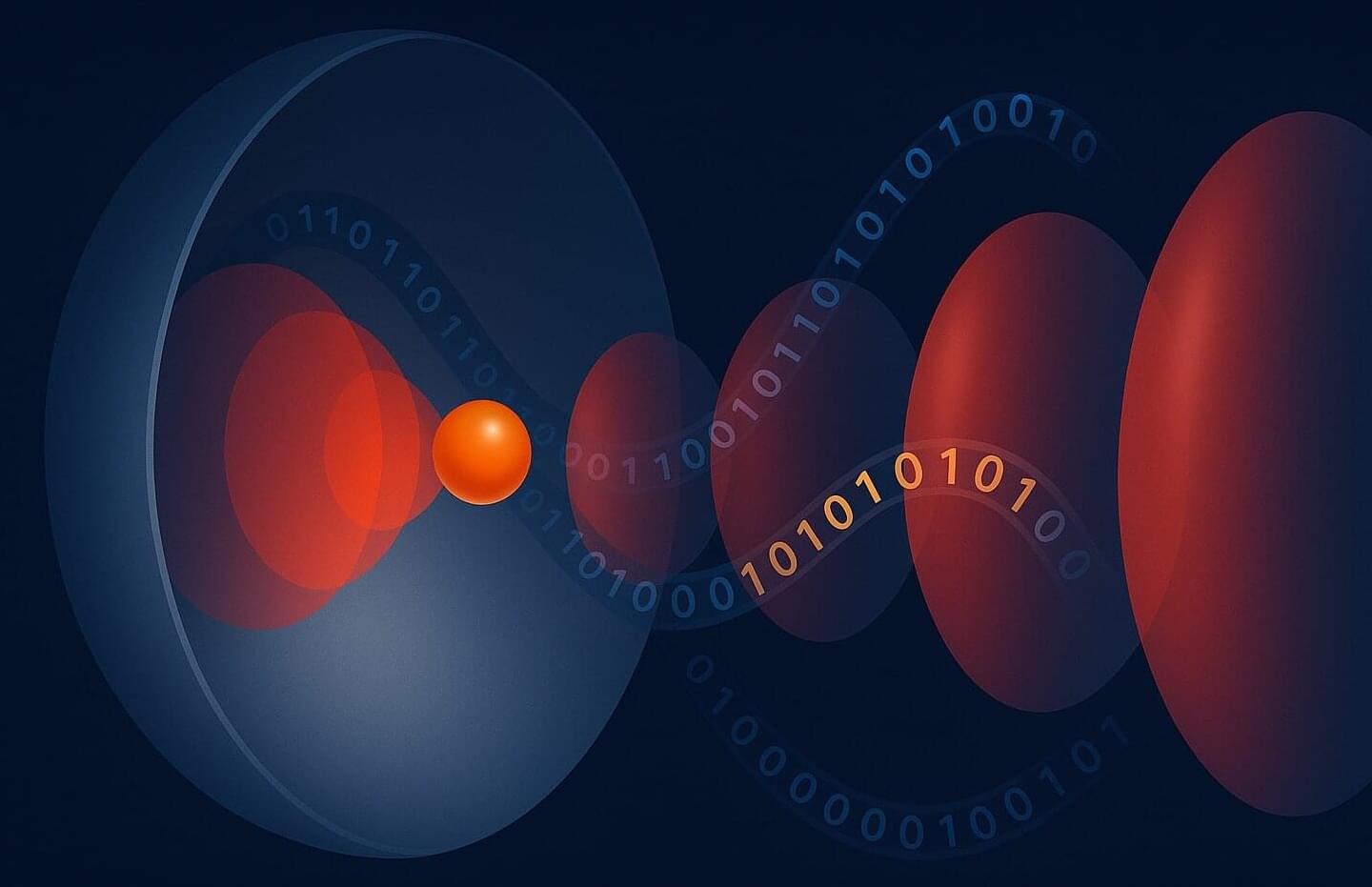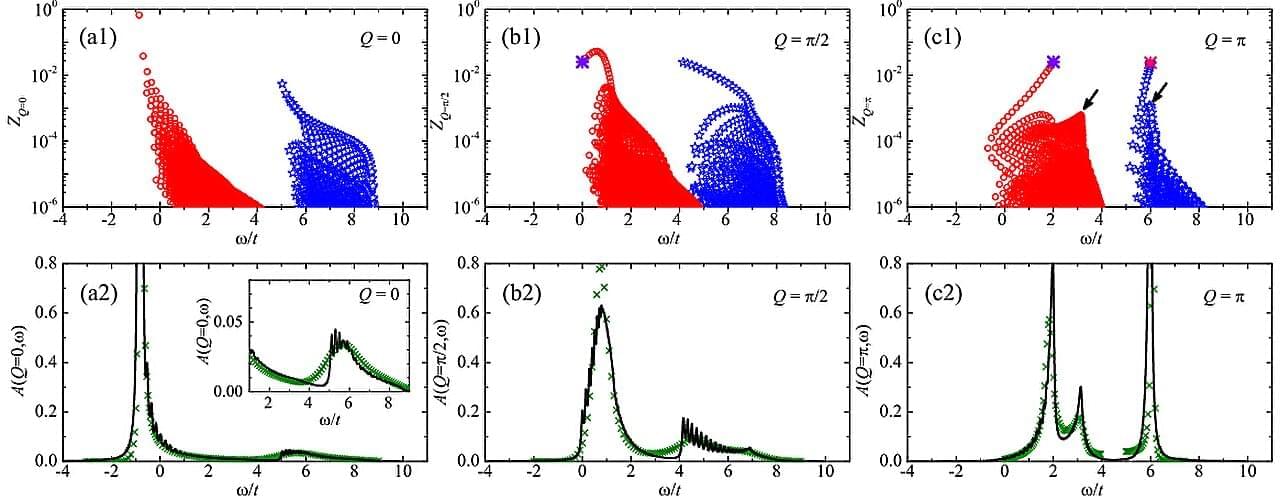Researchers at QuTech in Delft have combined superconductors and quantum dots to observe and manipulate so-called Majorana bound states, which have properties that could enable stable quantum computation. By building a chain of three coupled quantum dots in a two-dimensional electron gas, they were able to demonstrate properties of Majoranas that are essential for the study of Majorana-based quantum bits.
The results are published in Nature.
One of the key issues in quantum computing remains the inherent instability of quantum bits. In the quest for fault-tolerant quantum computers, topological quantum bits are expected to be significantly less prone to errors. Key to these qubits are quasiparticles called Majorana bound states, which have been predicted to appear on opposite edges of one-dimensional superconducting systems.
